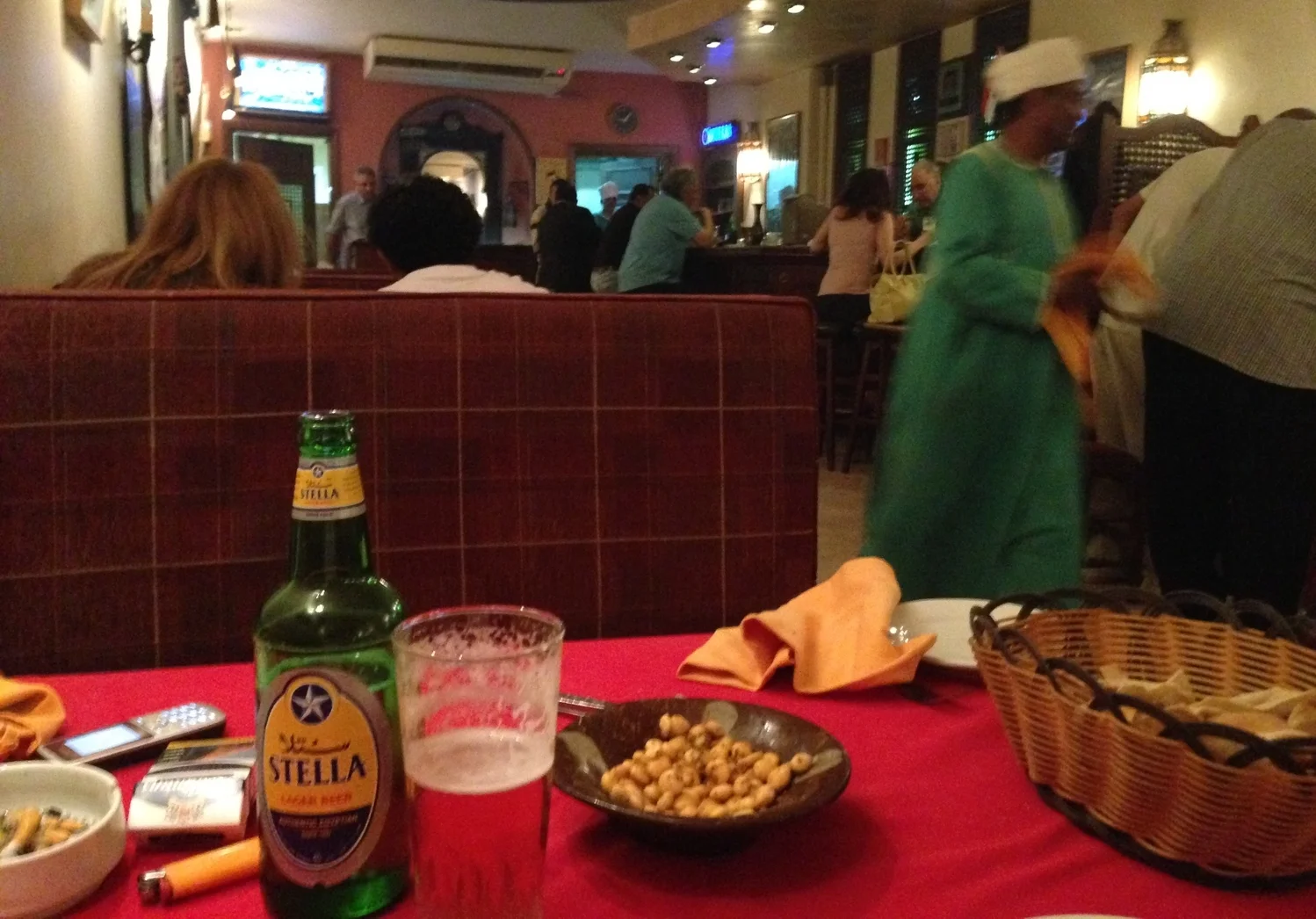Again, revolutions are not stories. At the same time, societies process and frame events like revolutions by way of narrative. Stories are how we remember past events and how we understand our present moment. They inform how we act, how we strategize, how we get by. Which is to say, to grapple with the Egyptian Revolution means that at some point, we are grappling with stories about revolution. In Egypt, this has been happening since 25 January 2011. Egyptian writers and artists did not wait to begin producing works that take on present history in various ways, and there are now more than a few “revolution novels” on the market, some of which are quite compelling. Among the most notable is a 2012 novel, Sayyid al-Ahl’s Blacklist, by Ahmed Sabry Abul-Futuh, best known for his prize-winning Saraswa quintet.
At the outset, the premise of Blacklist is powerful and blunt. The plot follows an unlucky young man, Rifaa, who finds himself locked up and tortured in the basement jail of a Cairo police station. During his ordeal, he draws up a blacklist of all the people who have wronged him and imagines the revenge he will take. When the Mubarak security regime begins to retreat, he gets his chance. Rifaa is released along with his cellmates on the condition that they help the Central Security Forces put down the rebellion in the street. This, in other words, is the story of the January 25 Uprising as told by baltagiyya (thugs). (Read more)

